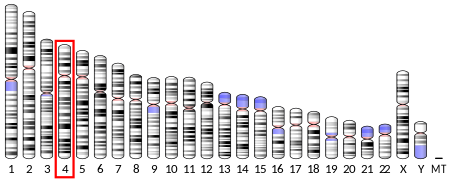|
EGF acts by binding
with high affinity to epidermal
growth factor receptor (EGFR) on the cell surface. This stimulates
ligand-induced dimerization,[12] activating the intrinsic
protein-tyrosine kinase activity of the receptor (see the second diagram). The tyrosine kinase activity, in turn,
initiates a signal transduction cascade
that results in a variety of biochemical changes within the cell – a
rise in intracellular calcium levels,
increased glycolysis and protein synthesis,
and increases in the expression of
certain genes including the gene for EGFR – that
ultimately lead to DNA synthesis and
cell proliferation.[13]
EGF-family / EGF-like
domain[edit]
EGF is the founding
member of the EGF-family of proteins.
Members of this protein family have highly similar structural and functional
characteristics. Besides EGF itself other family members include:[14]
·
Heparin-binding EGF-like growth factor (HB-EGF)
·
transforming growth factor-α (TGF-α)
·
Amphiregulin (AR)
·
Epiregulin (EPR)
·
Epigen
·
Betacellulin (BTC)
·
neuregulin-1 (NRG1)
·
neuregulin-2 (NRG2)
·
neuregulin-3 (NRG3)
·
neuregulin-4 (NRG4).
All family members
contain one or more repeats of the conserved amino
acid sequence:
CX7CX4-5CX10-13CXCX8GXRC
Where C is cysteine, G is glycine, R is arginine, snd X represents any amino acid.[14]
This sequence
contains six cysteine residues that form three intramolecular disulfide bonds. Disulfide bond formation
generates three structural loops that are essential for high-affinity binding
between members of the EGF-family and their cell-surface receptors.[5]

Gene location (Human)
|